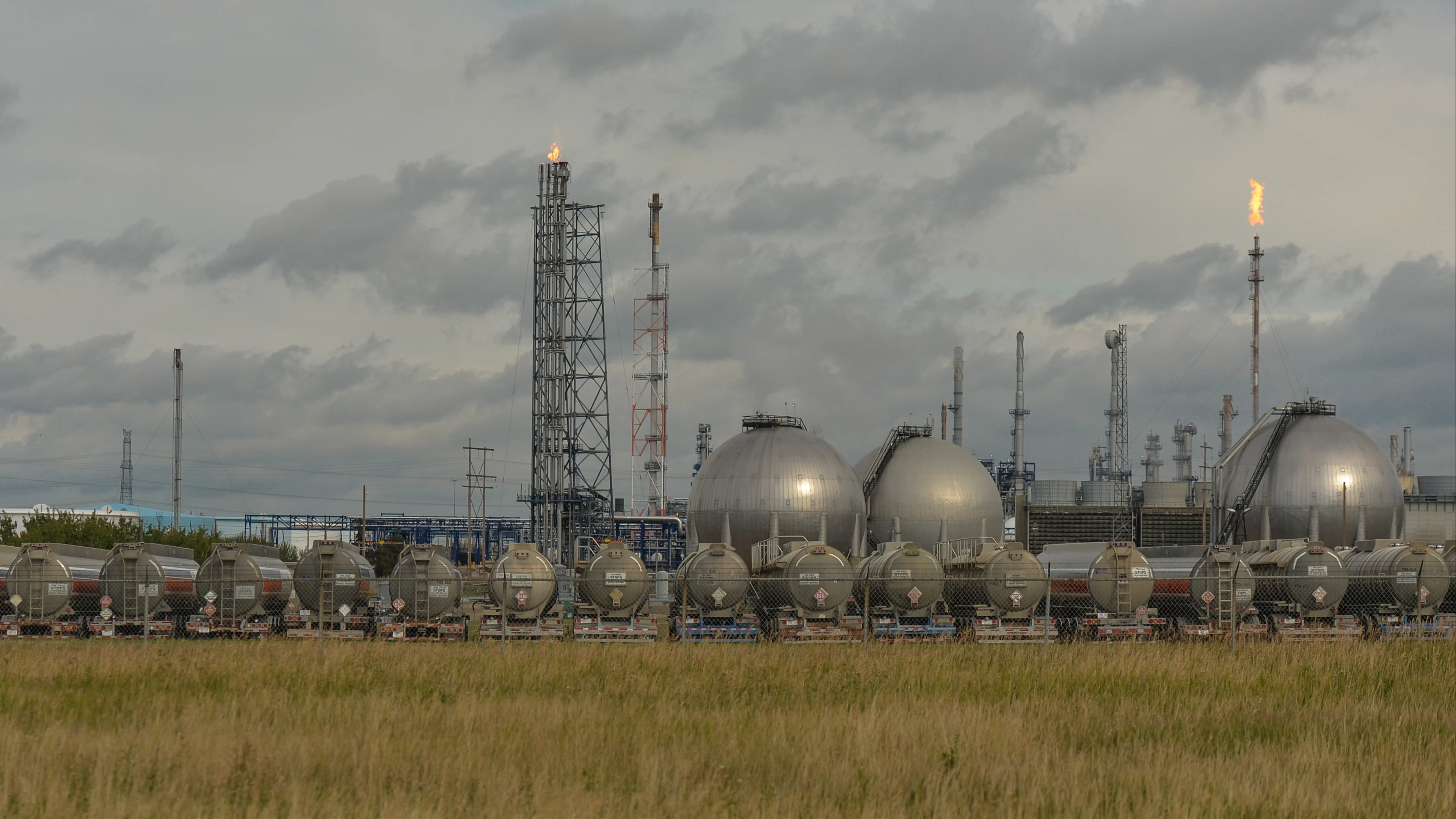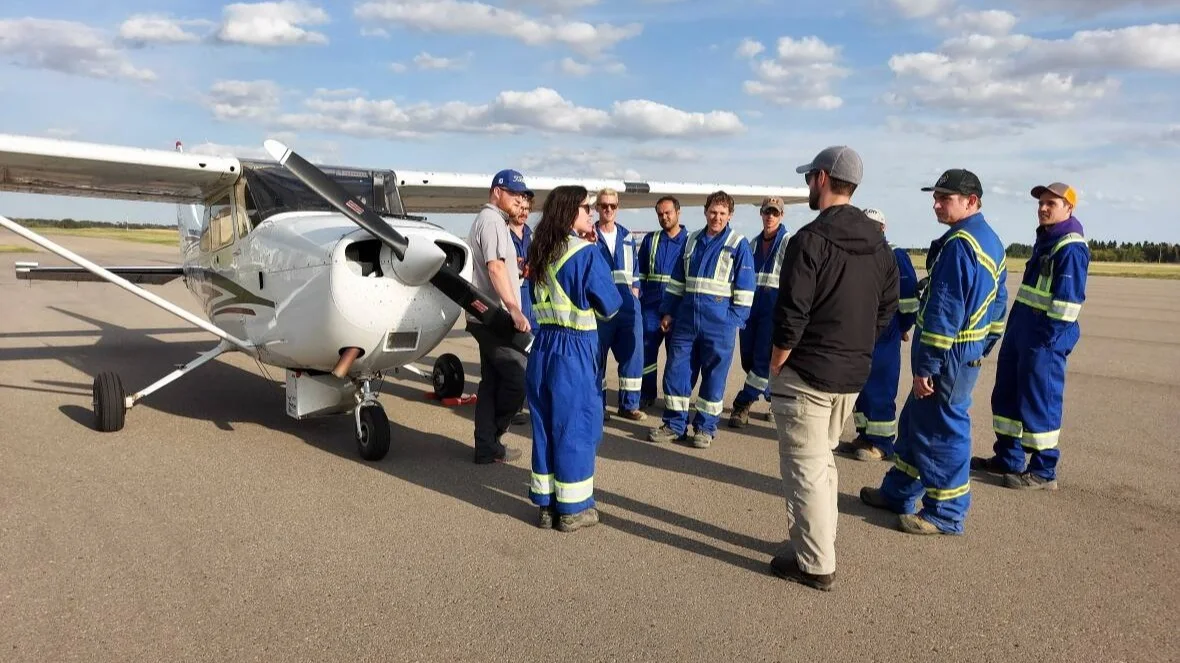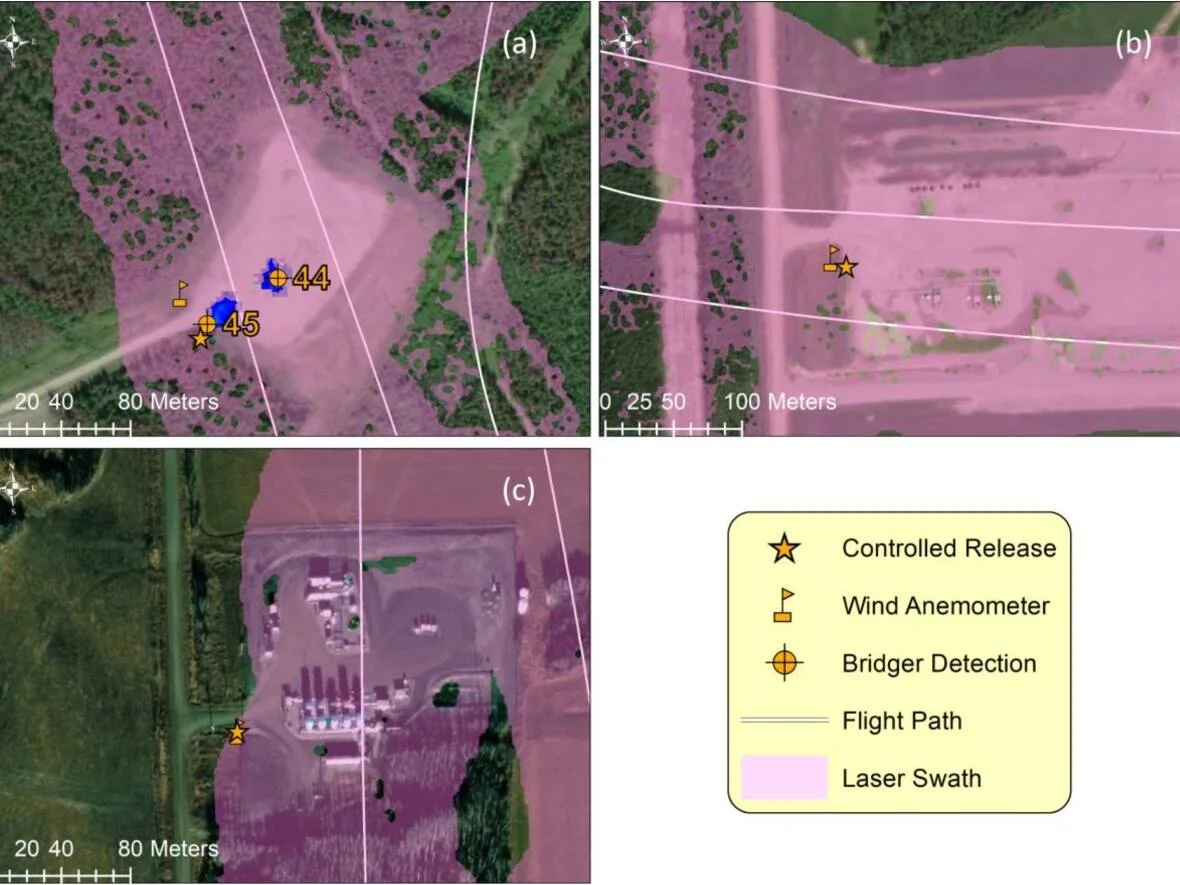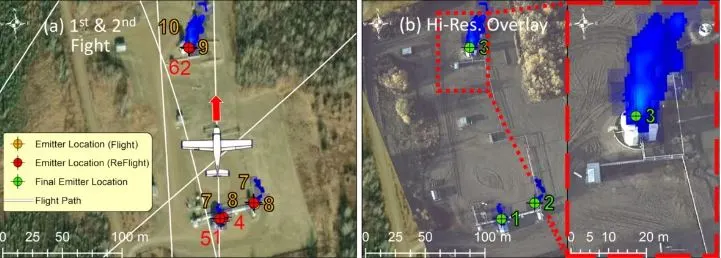
A world leader on cutting methane, Canada faces stringent new standards abroad
Canada has been a world leader in regulating methane emissions from its oil and gas sector, putting out regulations well ahead of many other major emitters, but it needs to now update those regulations or risk falling behind the U.S. and Europe, experts say.
This is a big year for action on methane in Canada and abroad, and the federal government is planning on releasing new methane regulations this year that would further reduce emissions of the potent greenhouse gas from oil and gas production sites.
"Methane is one of the big opportunities for Canada to act quickly on climate, because methane is such a potent greenhouse gas, and if we stop adding it to the atmosphere we can really reduce the rate at which we're heating up the planet," said Tom Green, climate policy expert at the David Suzuki Foundation.
Intensity vs. reduction
But the way Canada measures success in reducing methane may not line up with other countries. The federal government has set a near-term goal of reducing methane emissions at least 40 per cent below 2012 levels by 2025, and a more ambitious goal of 75 per cent below 2012 levels by 2030.
In contrast, U.S. regulations coming into effect next year and European Union (EU) standards being negotiated right now are focused on a marker called methane intensity.
READ MORE: Scientists now know why methane mysteriously surged during lockdowns
The methane intensity marker measures the proportion of methane that is lost during production (from leaks and venting from pieces of equipment or pipeline, or other sources). The ideal methane intensity would be zero, since that methane is both valuable as a fuel and harmful to the environment.
"I think there's an importance of alignment in the goal. We need to reduce methane as soon as possible. It's the most important, most powerful immediate climate action we can take," said Matthew Johnson, head of the Energy and Emissions Research Lab at Carleton University.
"And countries and jurisdictions all around the world are recognizing this."
Aligning with other countries
The U.S has set a methane intensity target of 0.2 per cent, meaning that only 0.2 per cent of the total methane produced is lost in the production process. Companies would have to pay an emissions charge for any additional methane that's lost over that amount.
The EU is similarly considering a 0.2 per cent methane intensity target, but may also impose it on any gas imports. Lawmakers in the European Parliament have asked for the stringent standards to be applied to other countries which export their gas to the EU, although the final regulations have yet to be decided.
"As long as we're aligning on the goal, looking for a target of 0.2 per cent intensity and below, and then heading towards net zero from there, we will be fine," Johnson said.
"But if we don't and we're fixated on some percentage reduction from some arbitrary baseline, then we really do risk falling behind."
Complicating things further for Canada, research from Johnson's team and others has consistently shown that Canada's official estimates for methane emissions are significantly undercounted — actual emissions are 1.5 to two times higher. He says that means we don't really have an accurate picture of what emissions were in 2012 — and so we wouldn't really know how much Canada reduced its emissions by.

A plane with methane detecting sensors flies over a test site. Matthew Johnson's research team uses LiDAR (a form of radar) technology developed by Bridger Photonics that can pinpoint methane emissions from specific pieces of equipment. (Submitted by Matthew Johnson)
Attention has grown around methane, because it is about 80 times more potent than carbon dioxide as a warming gas. But it lasts for a very short period of time, meaning reductions of methane now would have an impact on global temperatures very quickly.
Because of this combination of factors, cutting methane is seen as essential in limiting global warming to 1.5 C — especially as the world teeters extremely close to that threshold.
"Right now industry just vents a lot of methane into the atmosphere, just releases it basically. We've got to stop doing that," Green said.
"We've got to stop using equipment that allows methane to escape in the atmosphere because now we know how potent it is and we have the technologies to avoid doing that."
New methane detection technology
Research has now focused on where exactly those methane emissions are coming from. Johnson's team has used plane-mounted LiDAR (a form of radar) to detect methane emissions from the air, and conducted large-scale surveys over oil and gas sites in B.C., Alberta and Saskatchewan.

Matthew Johnson with his research team during field research in Western Canada. Johnson's team use plant-mounted remote sensing tools to find and measure methane emissions from oil and gas sites. (Submitted by Matthew Johnson)
"With the really high degree of spatial resolution that our technology provides, then at that point you can see the individual pieces of equipment that emissions are coming from," said Asa Carré-Burritt, director of policy and external affairs at Bridger Photonics, the Montana-based company that made the remote-sensing equipment that Johnson's team used.
"And that's really important because instead of trying to figure out, you know, where on the site you need to go to remediate the emission, you can basically walk right up to the piece of equipment and, you know, do an analysis there."
Carré-Burritt says it's important for new regulations in Canada and elsewhere to incentivize companies to use new and accurate methane detection technologies. This can be tricky, because companies also don't want to be penalized for any new sources of methane they find.

These images from Matthew Johnson's report show how a new technology can help 'see' methane plumes on the ground. Methane is colourless and odourless. (Energy and Emissions Research Laboratory, Carleton University )
"If we have the capacity with our sensitivity to detect a greater volume of emissions, we want to make sure that operators are rewarded for using the best-in-class technology and not penalized in any way," Carré-Burritt said.
Ben Cahill, senior fellow at the Center for Strategic and International Studies in Washington, D.C., said using methane detection technologies are growing at a very fast pace — and regulators need to figure out how to accommodate them. That includes detection from satellites, airplanes and drones.
"The challenge for regulators is to try to allow those kinds of innovations to happen and give some kind of flexibility with the way the regulations develop but still create firm standards that really incentivize companies to drive down emissions as much as possible," he said.

These images from Matthew Johnson's study show how new technology from Bridger Photonics can help 'see' methane plumes at an oil and gas site. (Energy and Emissions Research Laboratory, Carleton University )
Looking to a global LNG market
Cahill has been following the recent U.S. and EU regulations. He pointed out that the current market for liquefied natural gas (LNG) — when gas is turned into liquid fuel to be exported by ship — is very tight, after Europe lost most of its gas supply from Russia.
Now, Europe is importing a lot more LNG from the U.S. and elsewhere, making it more expensive for developing countries to access the fuel. That means that countries will buy LNG wherever they can get it, regardless of environmental concerns — at least for now.
"LNG projects, project promoters, they always compete on cost. They're chasing after the same buyers. I think cost and contract terms still drive deals," Cahill said. That's what the industry is really concerned about.
Canada has pledged to reduce methane emissions — here are some ways to get there "But in the background are these concerns about emissions intensity, and they'll only grow over time. So it's an important element of competitiveness to think about these sustainability concerns and position your business to be able to deliver those volumes that you think the market will need in the future."
That's likely an important concern for Canada, and especially B.C., where a major LNG export terminal is being built. LNG Canada, which will have an export terminal in Kitimat on the northwestern coast of B.C., will export LNG to Asia.
Johnson's research suggests B.C.'s methane intensity is around 0.4 per cent — not far off from the 0.2 per cent target.
For Johnson, that's a much more meaningful metric for assessing B.C.'s — and Canada's — performance on methane emissions.
"What ultimately matters is how much methane makes it to the atmosphere, not what kind of relative reduction we might or might not have achieved," he said.
This article by Inayat Singh was originally written and published by CBC News.
Thumbnail image: Parked oil tanks at the Suncor Energy Edmonton refinery in Sherwood Park. On Sunday, 12 September 2021, in Sherwood Park, Alberta, Canada. (Photo by Artur Widak/NurPhoto via Getty Images)
